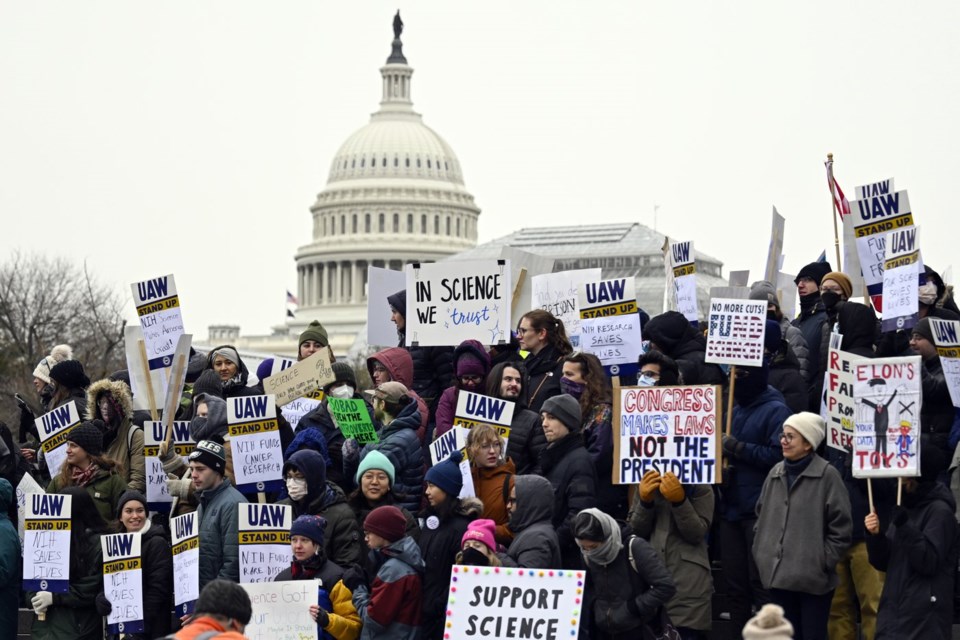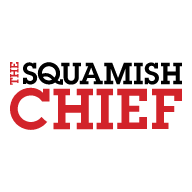BOSTON (AP) — A federal judge on Friday again blocked the drastic cuts in that many scientists say will endanger patients and delay new lifesaving studies.
The new policy would strip research groups of hundreds of millions of dollars to cover so-called indirect expenses of studying Alzheimer’s, cancer, heart disease and a host of other illnesses — anything from clinical trials of new treatments to basic lab research that is the foundation for discoveries.
Separate lawsuits filed by a group of 22 states plus organizations representing universities, hospitals and research institutions nationwide sued to stop the cuts, saying they would cause “irreparable harm.”
U.S. District Judge Angel Kelley had issued a temporary restraining order earlier this month blocking the cuts. During a court hearing in Boston Friday, Kelley, who was appointed by Democratic President Joe Biden, extended that temporary block until she rules on an injunction, a more permanent decision.
“Whatever she decides, it’s not going to be the end of the story. It’s going to be appealed, probably all the way up to the Supreme Court because it’s of enormous consequence to the United States and to the rule of law,” said Lawrence Gostin, a public health law expert at Georgetown University.
The states and research groups say the cuts are illegal and “in open defiance” of bipartisan congressional action during President Donald Trump’s first term to prohibit it.
It “violates bipartisan appropriations law. I should know, I helped author that provision,” Sen. Patty Murray, a Democrat from Washington state, said during Senate budget debate early Friday.
In court, Trump administration attorney Brian Lea said the issue is “broad discretion power of the executive branch” in how to allocate funds and that the government has “fully complied” with regulations. The administration also contends research groups haven't demonstrated irreparable injury.
Not so, argued John Bueker, an attorney representing the research groups. The cuts threaten to derail scores of clinical trials of new treatments, with universities saying they’ll have to “stop or not enroll patients.”
“Let’s think about that. A clinical trial is a last hope for a lot of people,” Bueker said.
The NIH, the main funder of biomedical research, awarded about $35 billion in grants to research groups last year. The total is divided into “direct” costs – covering researchers’ salaries and laboratory supplies – and “indirect” costs, the administrative and facility costs needed to support that work.
The Trump administration had dismissed those expenses as “overhead,” but universities and hospitals argue they’re far more critical. They can include such things as electricity to operate sophisticated machinery, hazardous waste disposal, staff who ensure researchers follow safety rules and janitorial workers.
Different projects require different resources. Labs that handle dangerous viruses, for example, require more expensive safety precautions than a simpler experiment. Currently each grant’s indirect cost rate is negotiated with NIH. For example, a grant with a 50% rate means for every dollar in direct grant funding, 50 cents would be added for indirect expenses.
If the new policy stands, indirect costs would be capped at a rate of 15% instead. NIH calculated that would save the agency $4 billion a year.
That lower rate would be "similar to forcing a company to sell a product for $10 that costs $15 to produce,” said Devon Cimini, a grants administrator at Florida State University. If the cap goes into effect, “quite bluntly, there wouldn't be much research anymore.”
Research groups offered the federal court a long list of examples of immediate harm, in blue states and red states. Among the examples, Johns Hopkins University and the University of Wisconsin, Madison, worry about seriously ill patients with no other options if they have to scale back clinical trials.
Bueker said the University of Washington might have to “euthanize valuable research animals” at its primate center.
Then there’s the impact on jobs, like 45 layoffs the University of Florida is considering and the potential loss of about 500 new jobs if construction of a new research facility in Detroit is stopped.
___
Neergaard reported from Washington.
___
The Associated Press Health and Science Department receives support from the Howard Hughes Medical Institute’s Science and Educational Media Group and the Robert Wood Johnson Foundation. The AP is solely responsible for all content.
Lauran Neergaard And Michael Casey, The Associated Press



